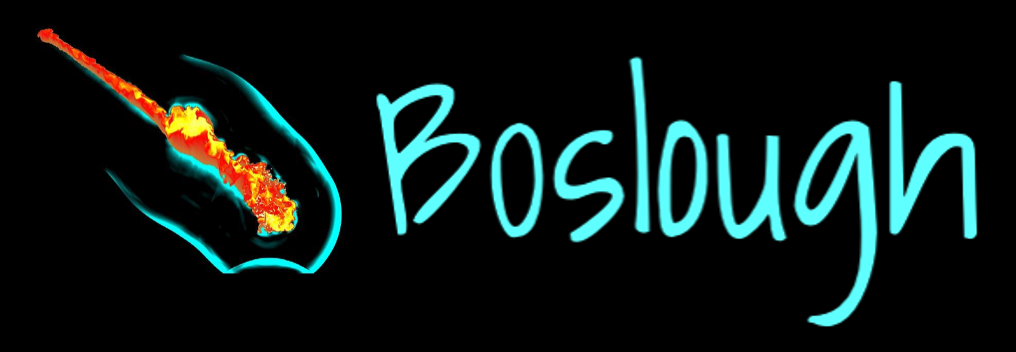When Scientists Actually Change Their Minds
Wallace Broecker dismissed the Younger Dryas impact hypothesis (YDIH) at the 2009 American Geophysical Union Fall Meeting
As a graduate student in 1980, I was interested in impact cratering. I had just finished reading the comet catastrophe novel Lucifer’s Hammer when Luis Alvarez, the famous physicist from Lawrence Berkeley, came to Caltech to present a colloquium on his group’s asteroid hypothesis. It made so much sense. What else but an impact could possibly cause a global climate catastrophe and mass extinction?
Many years later, I read an article that featured Wallace Broecker, the Columbia University scientist with revolutionary ideas about catastrophic climate change caused by abrupt slowdowns in ocean circulation. I was fascinated by his idea that the rapid onset of the Younger Dryas cold spell could have been caused by the collapse of an ice dam and a deluge of freshwater into the North Atlantic that shut off the Gulf Stream, stopping the flow of tropical heat to the northern continents and plunging them into ice-age conditions. He showed that there could be other causes of global catastrophes that don’t involve impacts.
I was delighted when Broecker agreed to give the opening presentation at the American Geophysical Union (AGU) session I helped organize, but I was surprised to learn that he had abandoned his famous hypothesis about the cause of the Younger Dryas. He started his presentation by reminding everyone that he used to argue that it was triggered by the flood from the ice-age Lake Agassiz, but when he flew over the route the floodwaters should have followed, he saw no geomorphic evidence for a flood. He had changed his mind!
Map shown by Wallace Broecker of possible floodwater routes from Lake Agassiz at the beginning of the Younger Dryas
His primary objections to the impact hypothesis were the same as his objections to the flood he had previously championed as the explanation: lack of evidence and lack of uniqueness of the Younger Dryas. Abrupt changes in climate, both warming and cooling, have happened many times, and Broecker argues that the climate system is inherently unstable. Why should only one of a long sequence of changes have such an improbable and catastrophic trigger event—whether impact or flood—when the climate system has repeatedly undergone such changes all by itself?
In his 1987 CSICOP address, Carl Sagan said, “In science it often happens that scientists say, ‘You know that’s a really good argument; my position is mistaken,’ and then they actually change their minds and you never hear that old view from them again.... I cannot recall the last time something like that has happened in politics or religion.”
Broecker’s esteem among scientists was not diminished when he changed his mind. The Younger Dryas impact proponents would do well to follow his example.
This article first appeared in Skeptical Inquirer, Volume 34, Number 3, May / June 2010 as a sidebar to the special report, “Did a Cosmic Impact Kill the Mammoths?'“ by David Morrison. The original version is available online.
A video recording of Wallace Broecker’s invited presentation at the 2009 AGU Fall Meeting is available on Youtube.

